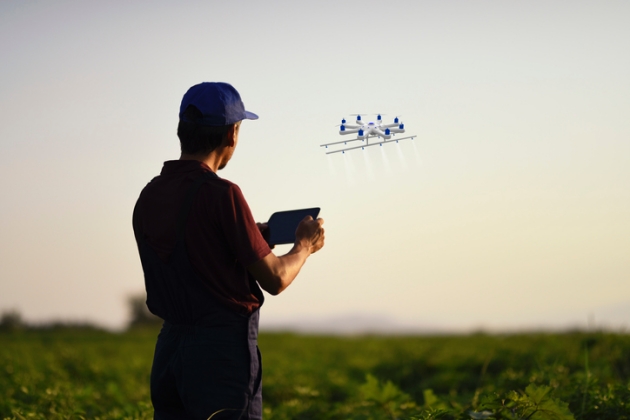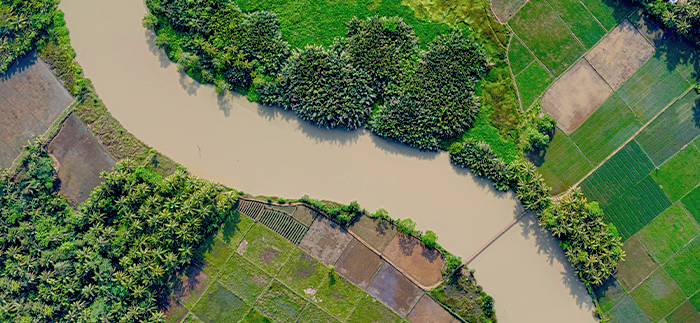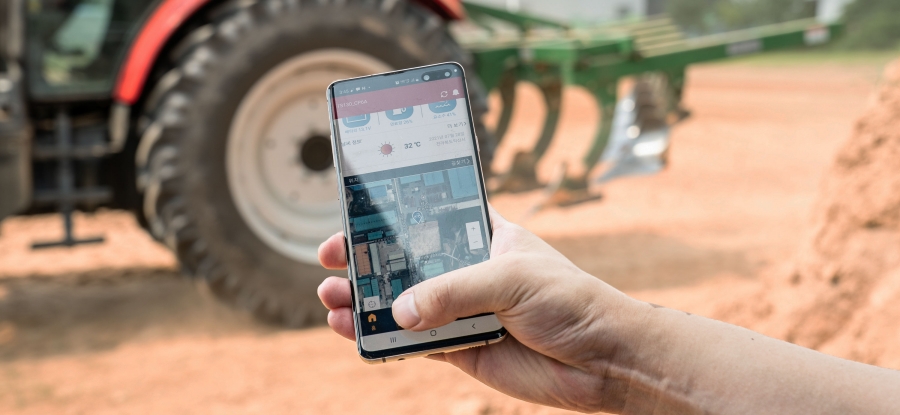
Drones may be ubiquitous these days, but the use of Unmanned Aerial Vehicles (UAVs) has been present in the agricultural industry for decades. Along with their advocates and developers, drones have become an integral part of precision agriculture, a farming management method that involves monitoring, measuring, and responding to variability in crops. By monitoring and preempting everything that poses a risk to their crops, farmers can increase yields and profits while using less resources and producing less pollution.
Whether you are a licensed drone pilot at work or you are simply watching aerial footage on the news, drones are intrinsic to our lives, and more increasingly, our livelihoods. Read on to find out more about the growing role of drones in agriculture, how it started, and where it is headed.
The origin of drones
The first partly unmanned vehicle used in agriculture is said to be in 1906, when a New Zealand farmer used a hot air balloon controlled by ropes from the ground to spread grass seeds. A few decades passed before the emergence of what is widely considered to be the first modern drone, the DH82B Queen Bee. The low-cost, radio-controlled aircraft was developed by the United Kingdom’s Royal Air Force in 1935 for training pilots in aerial target practice.

Common uses of drones in agriculture
Now, one of the most popular agricultural uses of drones is for maintaining crop health through water, fertilizer, and pesticide dispersal. Drones and precision agriculture software make it possible to capture, process, and analyze the array of threats that farmers face, such as fungus and weed infestation. With the help of drones, farmers can optimize and automate their entire operations without ever setting foot in the field.
Cameras and sensors attached to drones can play an important role in the life cycle of a plant, from applying fertilizer to soil sampling. Remote crop monitoring allows the drone to become the eye of the farmer, monitoring crops for early signs of discoloration or pests before they become unmanageable.
A great deal of research and case studies illustrate the effectiveness of drones. For example, drones have been used to help reduce herbicide use by 52% in a Brazilian soybean field by capturing high-quality images of the landscape which pinpointed areas with weed infestation. Drones have the potential to reduce operating costs, improve crop quality, and increase yield rate at scale. But this is just the beginning. As UAV technology improves and evolves, agronomists are discovering new innovative ways to harness the power of drones.
The future of drones in agriculture
Drones equipped with sensors with spectroscopy and thermography technologies are already doing things that once seemed unimaginable, such as locating dry areas missed by conventional watering equipment and determining the flow of irrigation. Scientists are studying how drones can support ecosystems as mechanical pollinators as bee populations continue to decline worldwide. Drones can support livestock farmers as they can cover a large plot of land to track, count, and even herd livestock.
It is evident that drones are capable of improving current farming practices at a relatively small cost. With that said, many challenges lie ahead. Newer technologies and industries can take years to regulate. Drone payload limits can be restrictive. Then there are barriers to entry for developing nations like training and operating costs. While these are concerning issues, they are far outweighed by the positive environmental impacts that would not be possible with conventional farming.

TYM’s commitment to sustainability and ICT in agriculture
As concerns grow over global climate change and food security for a rapidly rising world population, there is no better time for more farmers to deploy drones in their fields. Adapting precision agriculture and smarter farming practices can improve crop health and yield—all while minimizing the environmental impact of farming.
Since 2018, TYM has obtained our goal of reducing greenhouse gas emissions each year and is on track to reduce total emissions by 40%. Like drones in farming, the next generation of advanced TYM tractors will bring us one step closer to revolutionizing labor, cost, and resources in agriculture. Smart and sustainable practices inform our operations, and they continue to be the driving force behind the evolution of TYM tractors.